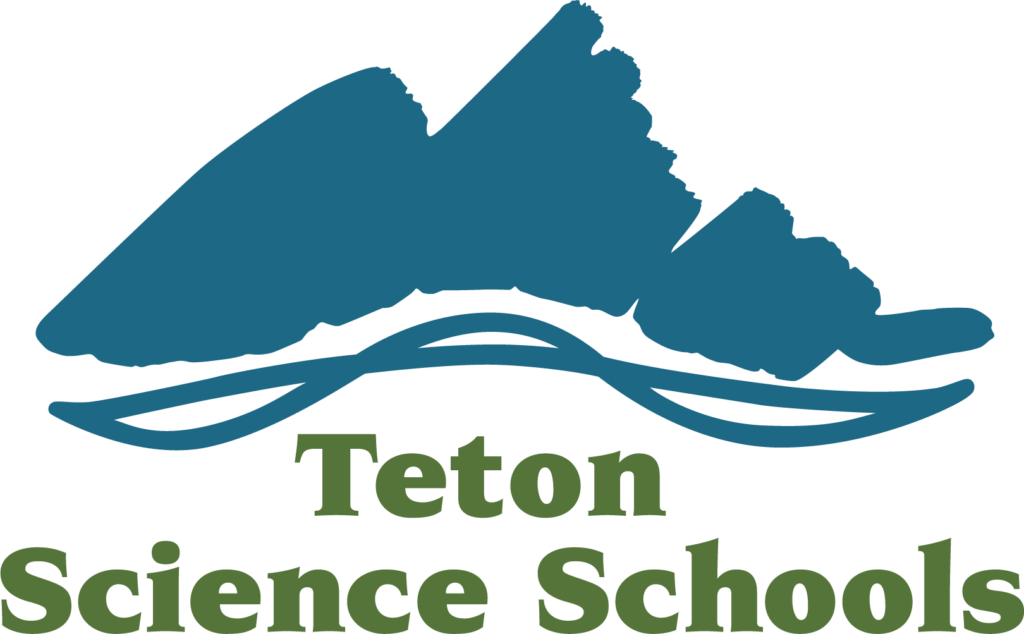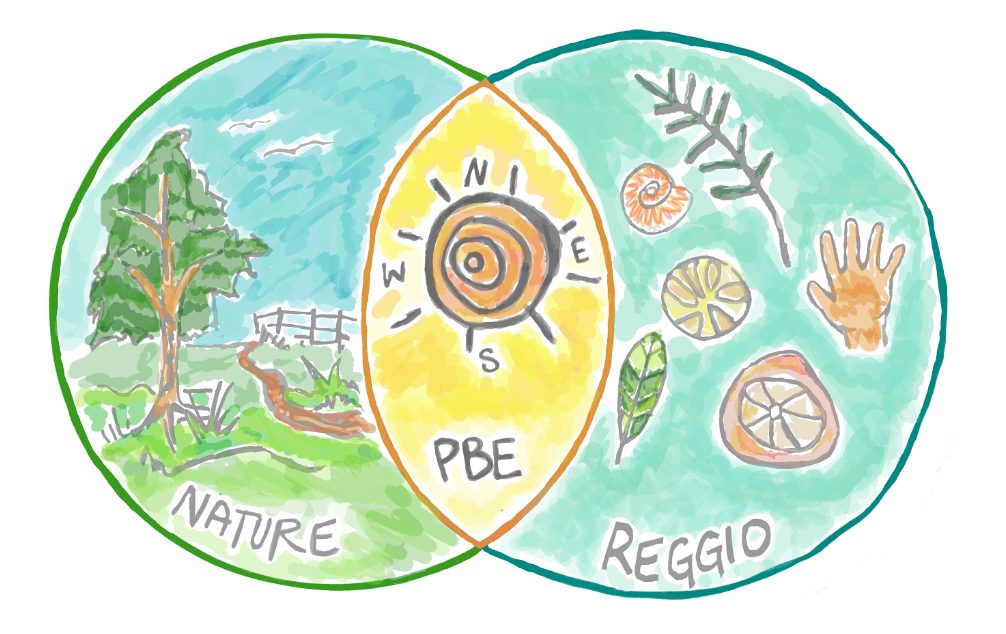
Empowering Young Learners from Day One
Inspiring Lifelong Learners through Connection and Play
The world is a magical and curious place when you’re young! In harmony with Reggio Emilia and Nature-Based practices, children from 18 months to 5 years old are invited to discover the wonders that our environments, both inside and outside, have to offer. Children will explore clay, drawing, paint, sand, water, mud, music, and more as we investigate the natural spaces on our campus and the multitude of materials in our classroom.
The Early Childhood Program is designed to engage curious learners as they discover the joy and wonder of the world around them. Our Toddlers, Preschoolers and Pre-Kindergarteners do this both on campus and beyond as they explore and connect with this place we call home by going on regular journeys to nearby special places. Our Young Toddlers gain confidence within the play yard space before adventuring throughout our beautiful campus. We aim to respect, value and challenge young children while nurturing their curiosity, creativity and relationships. We value community, open-ended play, inquiry, deep connection to nature and the ever-evolving interests of the child.
Early Childhood
Philosophy
We pursue an authentic educational approach grounded in the idea that children are competent, rich in potential, and capable of being the protagonists of their own learning. In alliance with both the Reggio Emilia and Nature Based Philosophies our approach is a student-centered and constructivist self-guided curriculum that uses self-directed, experiential learning in relationship-driven environments. We believe that children are capable and competent from birth. We strive to provide foundational cognitive, language, physical and social/emotional developmental experiences that are driven from children’s curiosities and interests in order to support them to excel as critical thinkers and collaborators and prepare them to be lifelong learners. We place strong value on using open-ended materials to spark children’s imaginations and we use minimal transitions and appreciate the gift of time, allowing children to become invested in meaningful interactions with materials, processes, peers and teachers. Above all, we value joy, wonder, and connection in early childhood where we welcome children to a place where their love for learning, asking questions and exploring will be fostered and celebrated!
“Before we sent our kids here, I couldn’t really imagine why everyone talked about Mountain Academy being such a unique experience from other preschool programs. But it is truly a magical place. My kids literally run into the classroom in the morning and come home chattering away about all their adventures outside. I think the focus on independence and letting kids guide their learning has led my once-shy toddler to be a more confident little girl who can even write her name already. It just blows me away.”
Preschool Parent '36
The Guiding Principals of
Reggio Emilia
The Reggio Emilia philosophy originated from the city of Reggio Emilia in Northern Italy post World War II. When the community came together to rebuild they made an investment in their future through creating a different educational experience for young children. The Reggio Emilia approach values children as individuals capable of driving curriculum with their many curiosities. Children are encouraged to think critically, collaborate with their peers, and use multiple mediums to deepen their understanding of the world around them.
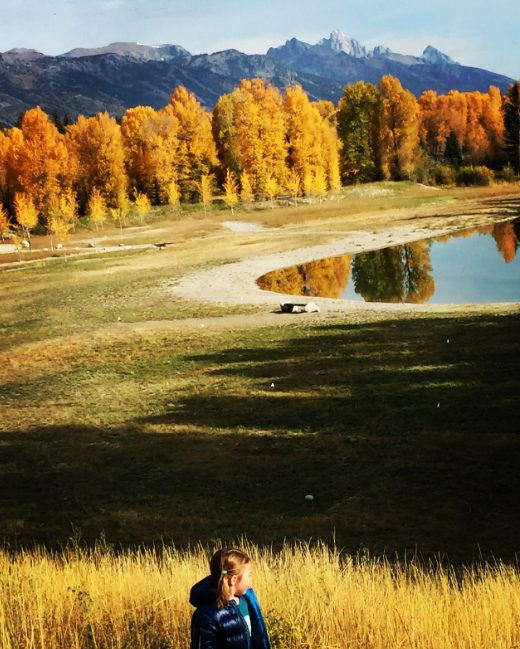
Our image of a child guides the way we interact and relate with young children and the invitations that we present to them. When we value young children as contributing members of our society and communities they become young citizens with rights. With this lens we can see children as competent and capable individuals that have the ability and the right to drive curriculum with their curiosities and interests. Through this image of the child we listen with earnestness, speak with respect and authenticity, and offer up real materials and tools for exploration. We encourage and make opportunities for children to question, think creatively, problem-solve, and share their theories and ideas with the group.
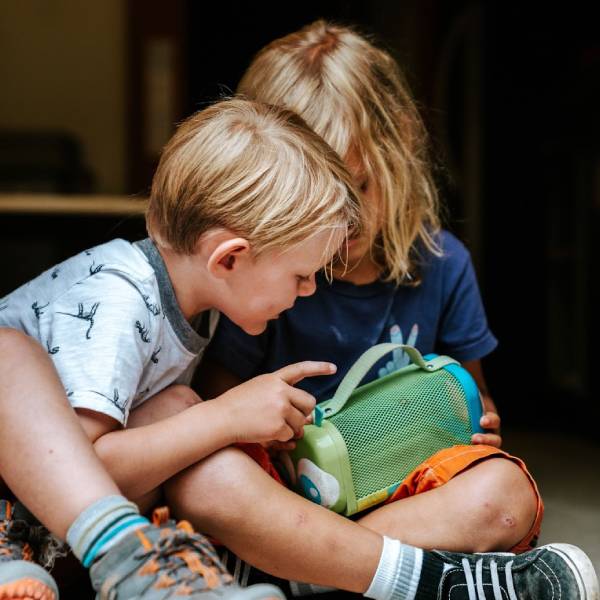
The role of the environment acts as a “third teacher”, teaching children about what is valued in this space, engaging children in dynamic ways through the variety of materials offered, and creating space for children and teachers to revisit and reflect on their work through documentation. We need not limit our thinking about our environment to just inside the classroom–it is everything, the entrance, a campus, a play-yard, the woods we have access to explore, all of these environments have the potential to teach us, reflect our values, and stimulate our thinking and prompt dialogue. It is important that our environments mirror and belong to all of our inhabitants and the values that we hold create a sense of belonging and connection to community and place. Children have a right to diverse spaces and open-ended materials and experiences.
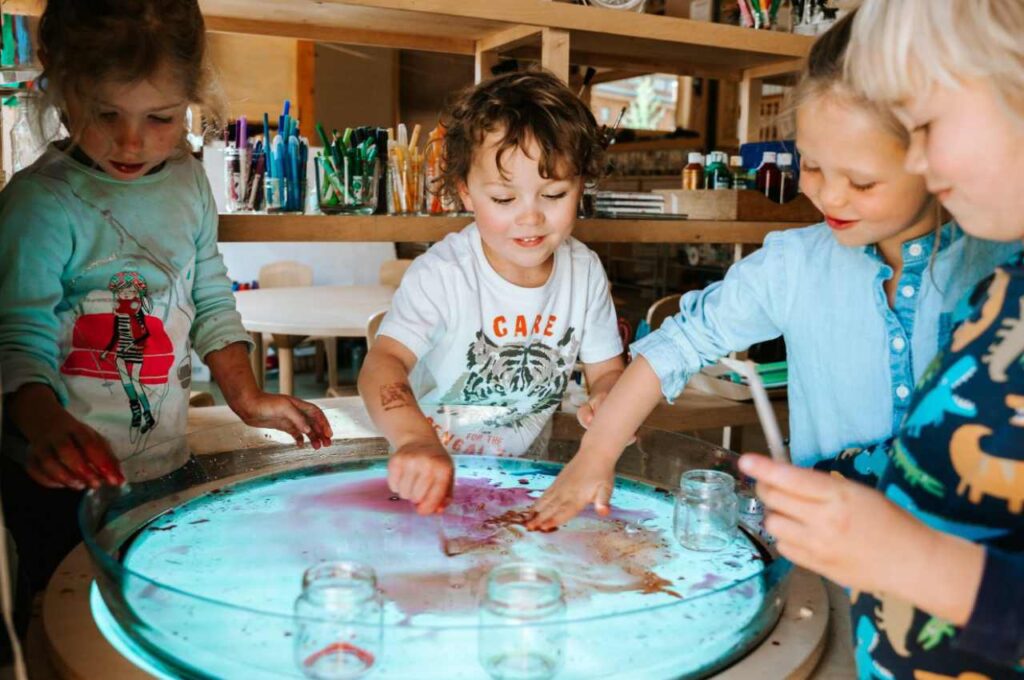
Lella Gandini, U.S. Liaison for the dissemination of the Reggio Emilia approach, believed “The studio is not an isolated place where artistic things happen. It is a laboratory for thinking.”
Loris Malaguzzi believed that young children have a hundred ways of speaking, listening, and being… and that those languages should be encouraged and explored through dance, singing, dramatic play, clay, painting, drawing, and more. When you invite a child to draw, the act of drawing creates a pathway for a child to express themselves more fully and more often than not a story or a dialogue accompanies their work. In the studio children are challenged to explore concepts and ideas through many different lenses and perspectives with the aid of new materials and provocations. Therefore, it is essential to have a diverse amount of materials available to children to enhance their literacy with a variety of different languages.
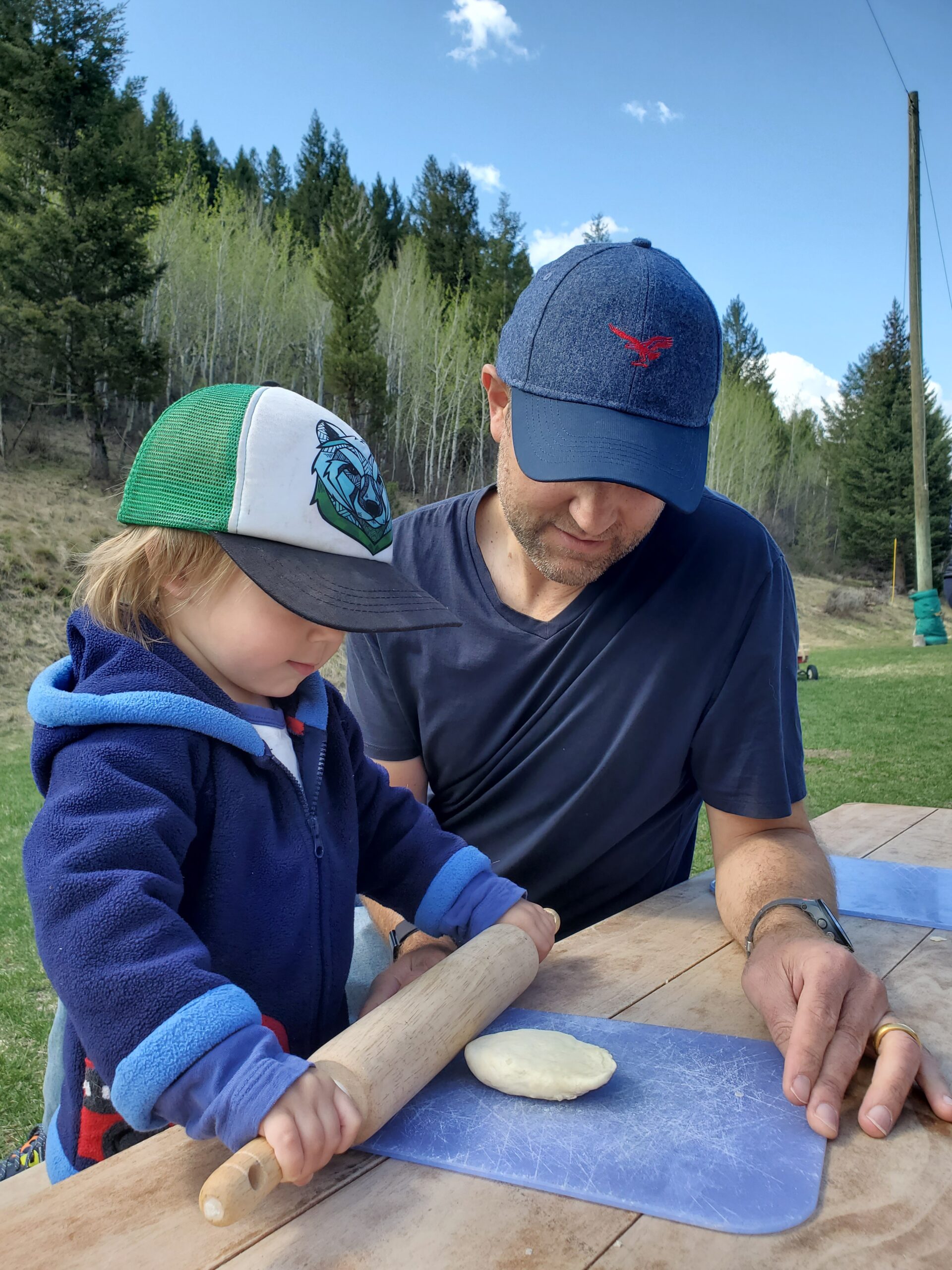
Parents serve an important role within a school community. The partnership that is created between parents and teachers is vital in supporting children to have the best possible experience at school. A parent knows and understands their specific child best, and teachers are knowledgeable about early childhood education. Together, they can support children to have a successful and enjoyable learning experience. Children benefit from their parents being an active part of their school community. When parents come to school and do work, children prosper from the work that their parents accomplish and in the process their work at school is further valued. In turn when parents engage in real work with one another a strong community is created.
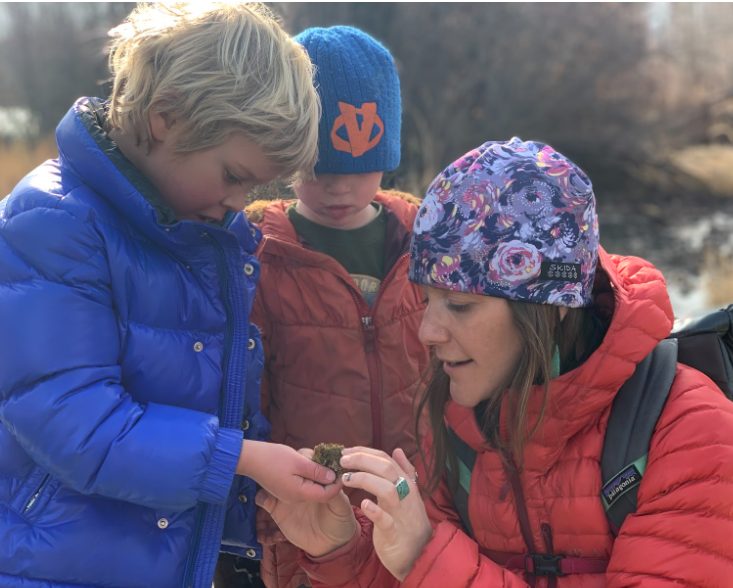
Loris Malaguzzi believed “Learning and teaching should not stand on opposite banks and just watch the river flow by; instead, they should embark together on a journey down the water. Through an active, reciprocal exchange, teaching can strengthen learning how to learn.”
To view a teacher as a researcher means that you have to value the learning process that accompanies working with children. You have to view a teacher as someone who doesn’t have all the answers but someone who is capable of doing research in order to explore new ideas and theories that children present. Teachers not only research alongside children, they are also discovering how children learn. When teachers share their research and learnings with their communities, the capacity of young children is celebrated and early childhood education is brought into a professional light. To view yourself as a researcher invites discovery, inquiry, and engagement with the work of teaching in new ways. Educators are not experts, but co-conspirators!
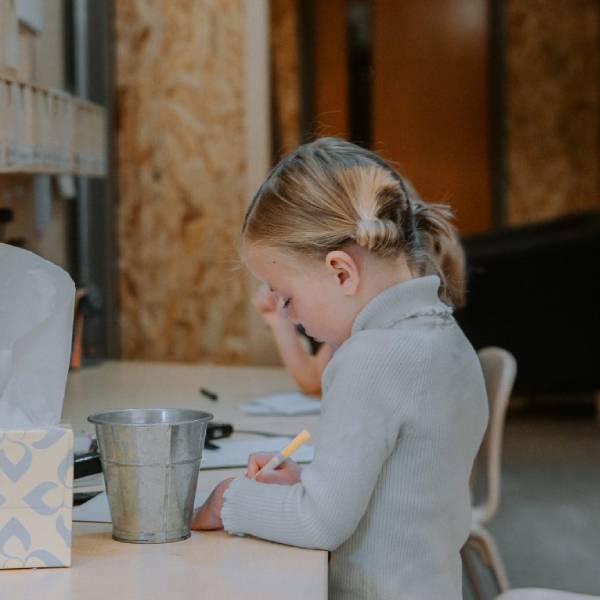
Documentation is an active process that involves gathering data in the form of pictures, voice recordings, and children’s work, and then analyzing the data that you have collected in order to reflect on the concepts that children are exploring. Educators seek to answer questions, such as: What do children really want to know? What questions or ideas are they investigating through their work? Documentation, observation and reflection go hand and hand to drive the next steps in developing curriculum so that it is aligned with children’s emerging interests.
Documentation also sets a path for collaborative discussions among teachers for planning, as it is used to hypothesize and generate theories to support children’s inquiry. Through active documentation teachers can stimulate and challenge their own learning. As such any intention that we set for ourselves is documented throughout the year so that we have many opportunities to reflect, adjust, and redefine our work.
Through formalized documentation, we make what is happening at school visible for children, parents, and our communities and in the process elevate early childhood education. Documentation allows others to see children as we do–as competent and capable young citizens of our world.
Nature-Based
Practices
A Nature-Based approach uses a natural area and natural materials as a regular focus of children’s activities. Children are encouraged and supported to explore and develop their independence. The focus of the curriculum is determined by children’s interests in the natural world—from their observations, discoveries, and inquiries. The first official Nature-Based program was developed in Connecticut in the 1960s. While popularity was slow to build, it has soared in recent years. Currently, there are hundreds of Nature-Based programs in the US and Internationally. A Nature- Based program is defined as one that spends 25-50% of the child’s day outside, themes of nature driving the curriculum, and nature having a presence indoors. Learning can often be placed within the context of- with nature, in nature, or about nature.
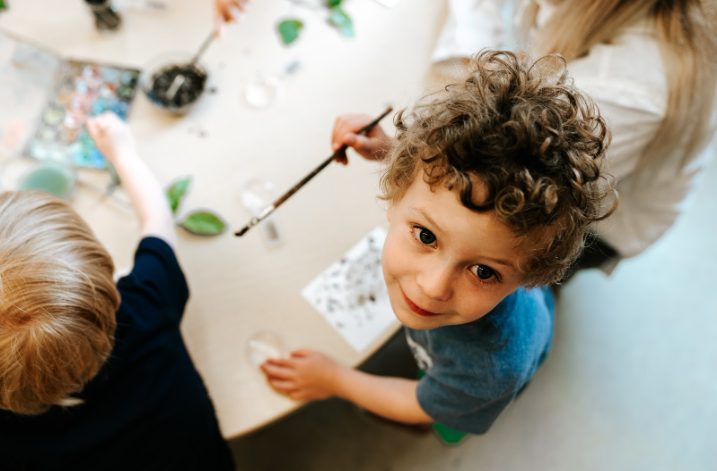
The indoor space should clearly reflect the presence and the value of nature. Natural and sustainable materials are valued over plastic toys and tools. Tree trunks can be used as stools and tree cookies as trays. Sticks, rocks, bark and branches can be found in building areas. Flowers, sticks, feathers and pinecones are readily available in studio spaces to be used in collage or as paintbrushes. A special and safe space is available for children to collect natural treasures and tools are readily available for children to connect to nature and make observations as they look out the windows. The classrooms are filled with plants and children are taught how to care for them. Bringing nature inside bridges the gap between the inside and outside world allowing children to gain a deeper connection and appreciation for the natural world.
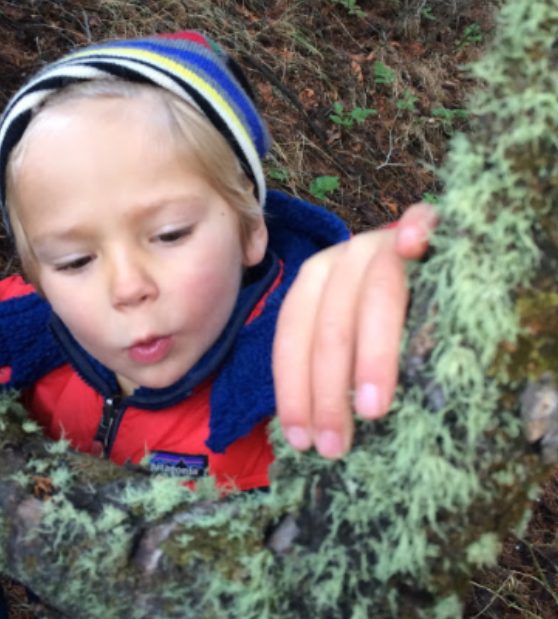
Providing opportunities for children to observe their natural environment is fundamental for any program that values connection to nature. Observation requires children to slow their pace and take notice of what they hear, smell, see, and feel. Teachers can support and encourage this development by providing children with a variety of tools to experience and explore their surroundings. Some suggestions are journals, cameras, magnifying glasses, tongs, tweezers, cups or containers for collecting, guide books for flowers, trees, prints and animal scat. Make a point to explore in small groups so that teachers, as the child’s co-learner, can record their observations. In journals or on clipboards, children can draw their observations, make maps, or collect and tape samples onto the page. Wonder, curiosity, and the desire for knowledge stem from opportunities for observation.
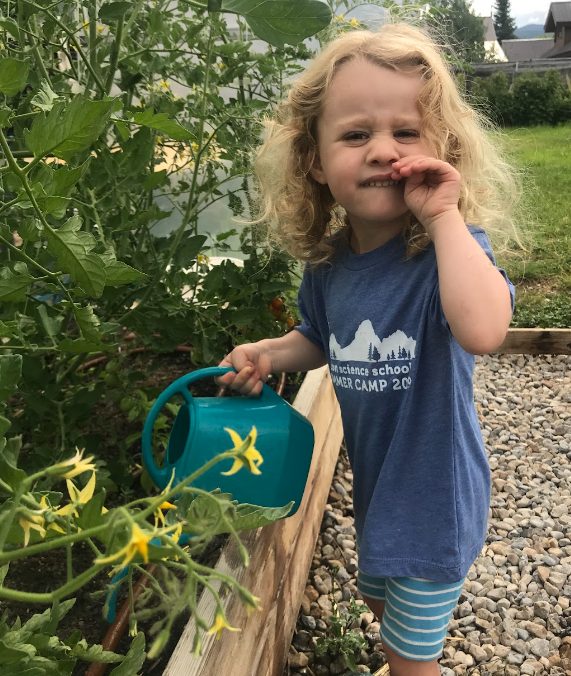
To have things to care for and nurture, be it a plant, a pet, a garden or a farm, creates the perfect space to develop a robust set of skills. As children help to weed, water, prune, rake, and dig, they are working on gross and fine motor skills. While they help to prepare, plant, and harvest the garden, they are authentically building proficiency in difficult skills like impulse control, respect, and stewardship. They discover for themselves how to identify what something needs, noticing pests or wilting.
Children learn about how to find balance, some plants need more water or more sun, while other plants may die when given the same amount. Gardening gives children the opportunity to be patient, and wait for their hard work to pay off. The reward comes when they get to fill their hats with snap peas and snack on food straight from the garden. A garden creates the chance for a community, sharing the harvest, helping with each part of the hard work. They cannot possibly fit every veggie in their own basket and soon realize that they must share the bounty.
Alfred Austin says it well when he says, “The glory of gardening: hands in the dirt, head in the sun, heart with nature. To nurture a garden is to feed not just the body, but the soul.”
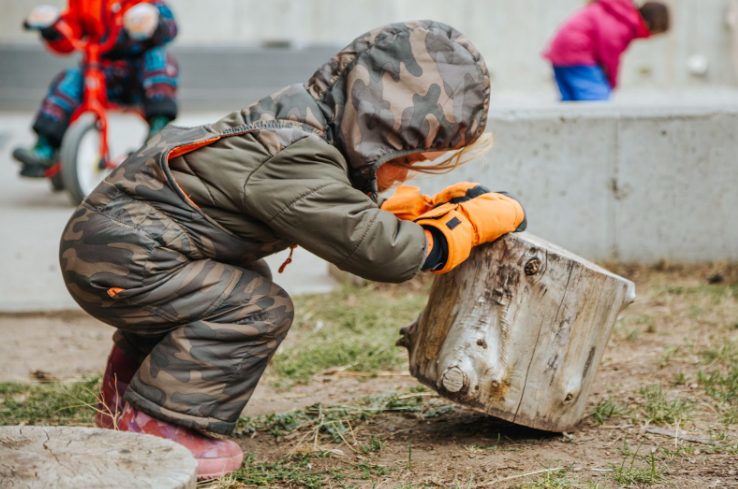
The play yard is a managed outdoor space that is adjacent to the indoor space. It is a predictable, safe place to practice for explorations in the beyond. Experiences in the yard equip children with curiosity and a willing involvement in the world around them. While playing in the yard, provide children with the same tools, same respect, and same opportunities that would be present in a wild space. Children should have appropriate clothing for the season, but the yard is an opportunity to safely experiment with the feeling of discomfort. Here children can practice how it feels to get cold, hot, dirty, wet, thirsty, or muddy. Adjacent to the yard should be a place to keep muddy or wet clothes and store supplies. The yard can be made into a safe place to be barefoot if the children choose. There should be meeting spaces so teachers and children can sit comfortably to read, write, discuss, or eat. Overall, the design and features of the yard mimic nature. When there are needs for more traditional “playground” features, they can be modified to the environment. An example would be hammocks, in place of a swing set. Loose parts like sticks, stumps, tires, pipes, boards, and rope are present to encourage open-ended dynamic play as children learn how to climb, build, dig, or move large objects.
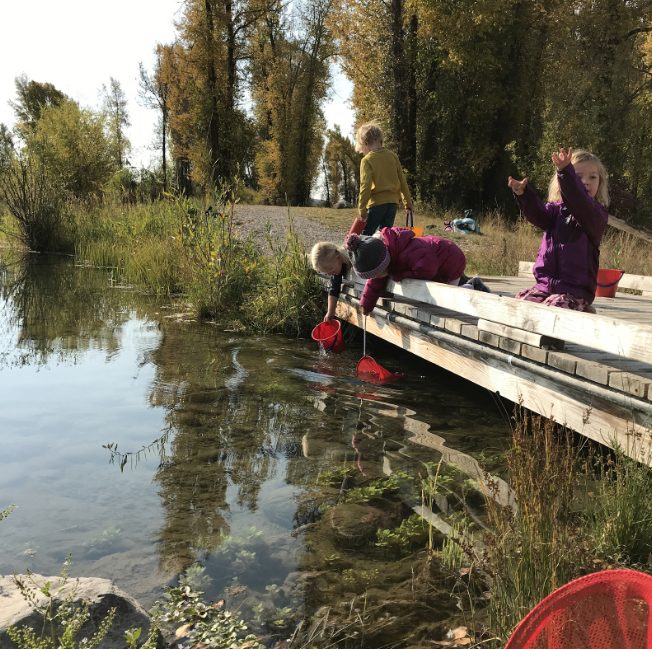
Bev Bos states, “There is no teacher’s voice controlling and directing here, just the occasional word of encouragement and the sharing of an idea, a dialogue, a conversation, ascribed story or a song.”
These special places are deemed special by the children, chosen by them as a spot they want to return to over and over again. Here, the possibilities are endless, especially if we follow the interests of the children. By coming back to the same place you can observe the changes by season, resulting in threads of inquiry that can be carried back into the classroom for further investigation. Here, children uncover phenomena and discover new ways to use this place. The children will develop a sense of stewardship for this place, understanding that litter should be packed out, and that the area should be generally respected. Repeatedly visiting these special places allows children the opportunity to connect in ways that build empathy, compassion and a general love for the natural world.
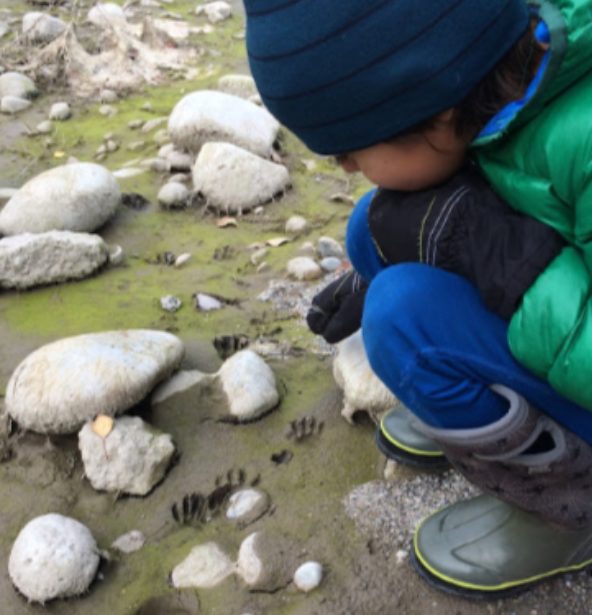
A natural space outside of the school boundaries is often referred to as “The Beyond ”, called such because it is an area outside of, or beyond, school grounds. Journeys to The Beyond are a key part of a Nature- Based program. Spending large chunks of time in these wild spaces can open up new possibilities for children’s play. Children must be included in the preparations for spending time in these more wild spaces which givest them the opportunity to invest in their own safety. Positive attitude and tone around unfavorable weather is modeled appropriately to encourage resilience. The teacher’s role is to observe and document children’s play in order to help inform the curriculum and to share with parents or caregivers. Teachers are there to support and encourage children’s developing skills to take charge of their own needs and safety. Children develop confidence and self-esteem, by braving the elements, taking healthy risks, collaborating with friends, leading explorations, and asking questions.
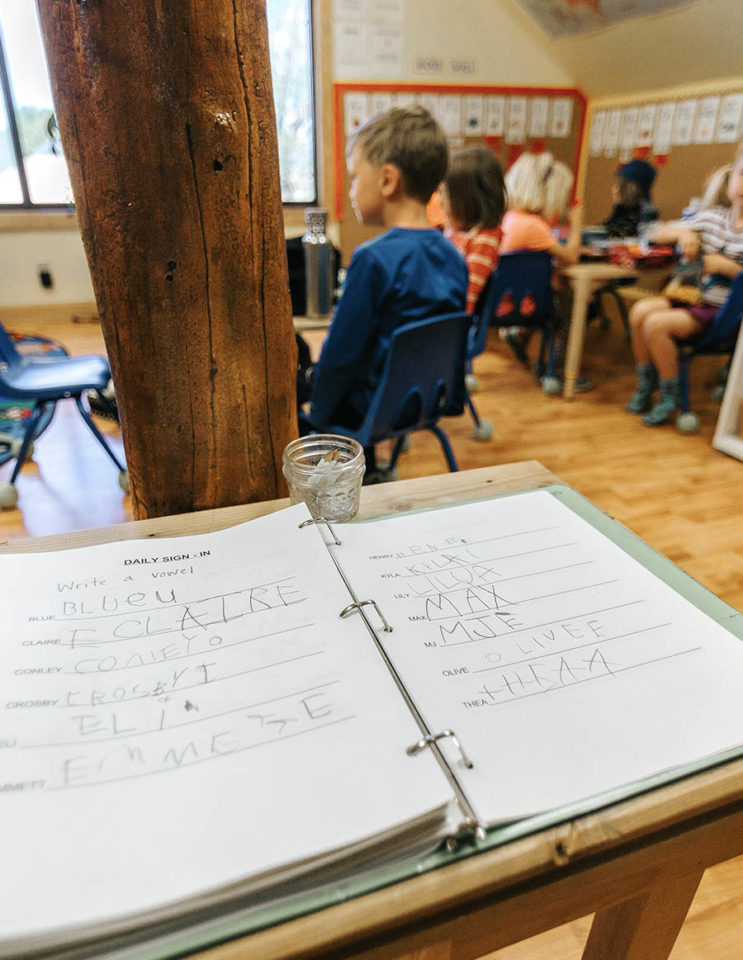
About Our Schedule
Preschool & Pre-K Schedule
(Sample daily schedule)
8:00 – Settling In & Provocations
9:00 – Morning Meeting
9:15 – Focused Explorations & Project Work
10:15 – Morning Snack
10:30 – Transition Outside
10:45 – Outdoor Explorations Meeting
11:00 – Outdoor Explorations
12:00 – Lunch and Stories
12:45 – Rest and Relaxation
2:00 – Outdoor Play and Afternoon Snack
2:45 – Gratitude Circle
3:00 – Pick Up
3:00-5:30 – Afterschool
*Woods Journeys occur every other Thursday and Friday from 9:30-12:00
About Our Schedule
Young Toddle & Toddler Schedule
(Sample daily schedule)
8:00 – Settling In & Provocations
9:00 – Morning Meeting
9:15 – Focused Explorations & Project Work
10:15 – Morning Snack
10:30 – Transition Outside
10:45 – Outdoor Explorations
12:00 – Lunch and Stories
12:45 – Rest and Relaxation
2:45 – Afternoon Snacks, Gratitude and Outdoor Play
3:00 – Pick Up
3:00-5:30 – Afterschool
*Woods Journeys occur once per month for our Toddler friends on either a Tuesday or Wednesday from 9:45-11:45
